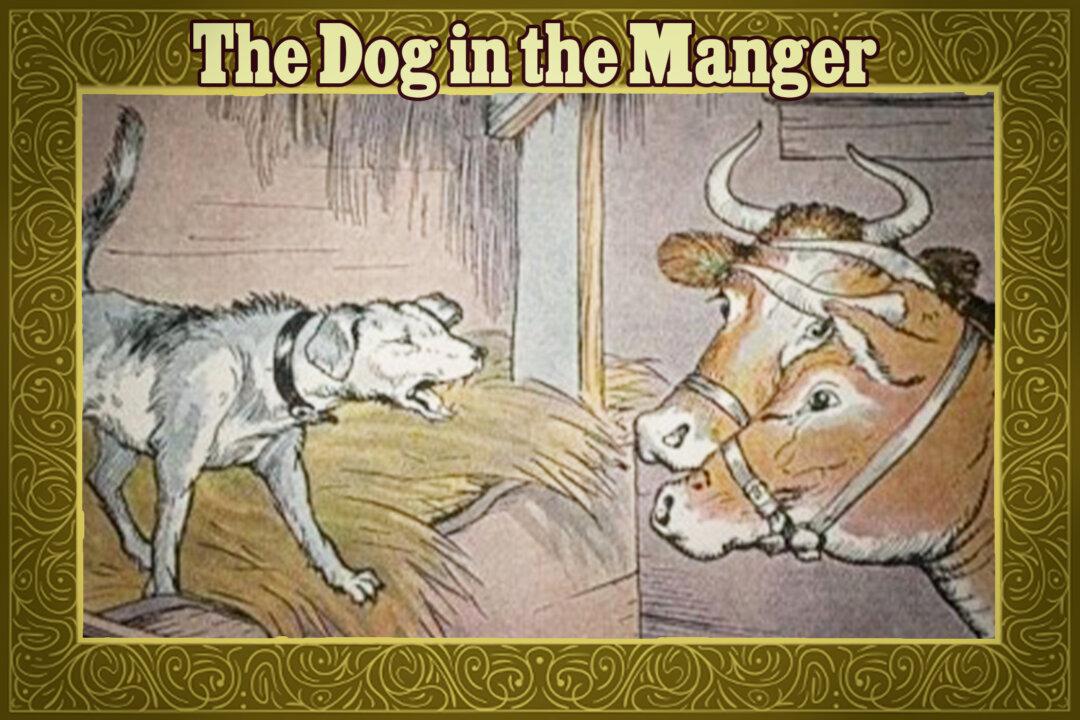In China, the prevalence of “knockoff” products—which look similar to expensive, quality brands but are made at a lower cost and without the same level of standards—has become incredibly high. From purses to phones and clothing to jewelry, you can buy just about anything at a fraction of the cost thanks to the inexpensive Chinese manufacturing.
Unfortunately, though, that knockoff culture has extended to foods as well. Culinary blogger Mike Chen, of Middletown, NY, who shares his experiences eating world cuisine, published a video in November 2016 explaining how an array of food products in China have been discovered to contain unnatural additives and ingredients making McDonald’s seem like healthy living by comparison.





